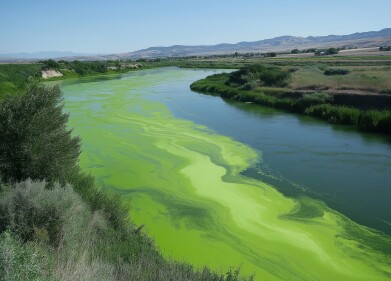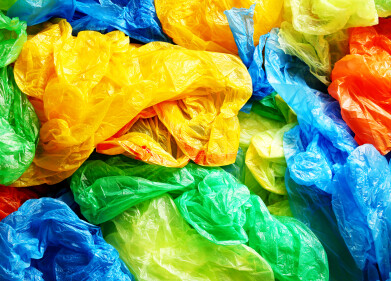Microplastics analysis
New research suggests plastic bottles contain higher quantities of microplastics than previous estimates
Jan 13 2024
Recent research has unearthed a startling revelation about bottled water: it contains an alarmingly high number of nanoplastic particles, far exceeding previous estimates. This discovery, made by scientists at Columbia and Rutgers universities, raises significant concerns about the potential health risks associated with these invisible pollutants.
The study, published in the Proceedings of the National Academy of Sciences, utilized advanced microscopic techniques with dual lasers to detect and categorize nanoplastics in bottled water. Researchers found that a typical 1-liter bottle of water contains nearly a quarter of a million nanoplastics, a quantity 10 to 100 times greater than the previously detected levels of microplastics.
Nanoplastics, particles less than a micron in size, are much smaller than the microplastics previously studied. These tiny pollutants primarily originate from the plastic bottles themselves and the reverse osmosis membrane filters used in water purification. The pervasive presence of these particles, which are much smaller than a human hair, underscores their potential to infiltrate human tissues and organs.
While the specific health risks posed by nanoplastics remain unclear, the study's co-author, toxicologist Phoebe Stapleton from Rutgers University, emphasizes the urgent need for further research. The alarming fact that nanoplastics can carry over 100 cancer-causing chemicals raises the stakes in understanding their impact on human health.
The International Bottled Water Association and the American Chemistry Council have expressed caution, noting the lack of standardized measuring methods and scientific consensus on the health impacts of nano and microplastics. However, the United Nations Environment Programme highlights the broader issue of plastic pollution, stressing the urgent need for a global plastics treaty.
Shocked by their findings, all four co-authors of the study have reduced their consumption of bottled water. Wei Min, a Columbia physical chemist, halved his usage, while Beizhan Yan, a Columbia environmental chemist, switched to tap water, albeit with concerns about filter-related plastic shedding.
The study's findings have prompted a call for more research into the prevalence and effects of nanoplastics in various environments, including tap water, air, food, and human tissues. As we grapple with over 430 million tonnes of plastic produced annually and its pervasive presence in our ecosystems, this research serves as a crucial wake-up call about the hidden dangers in everyday products like bottled water.
This groundbreaking study not only exposes the hidden dangers lurking in bottled water but also serves as a stark reminder of the ubiquitous and insidious nature of plastic pollution. As the scientific community delves deeper into the impacts of nanoplastics, it becomes imperative for individuals, industries, and policymakers to take concerted action to address the plastic crisis and safeguard public health.
Digital Edition
AET 29.2 May 2025
May 2025
Water / Wastewater- From Effluent to Excellence: Microbiological assessment of a containerized modular water reuse pilot system- Without water everything comes to a haltAir Monitoring- Probe Sampli...
View all digital editions
Events
Jun 08 2025 Denver, CO, USA
Jun 09 2025 Raleigh, NC, USA
Jun 10 2025 Toulouse, France
Jun 11 2025 Copenhagen, Denmark
Jun 17 2025 Guangzhou, China







.jpg)











